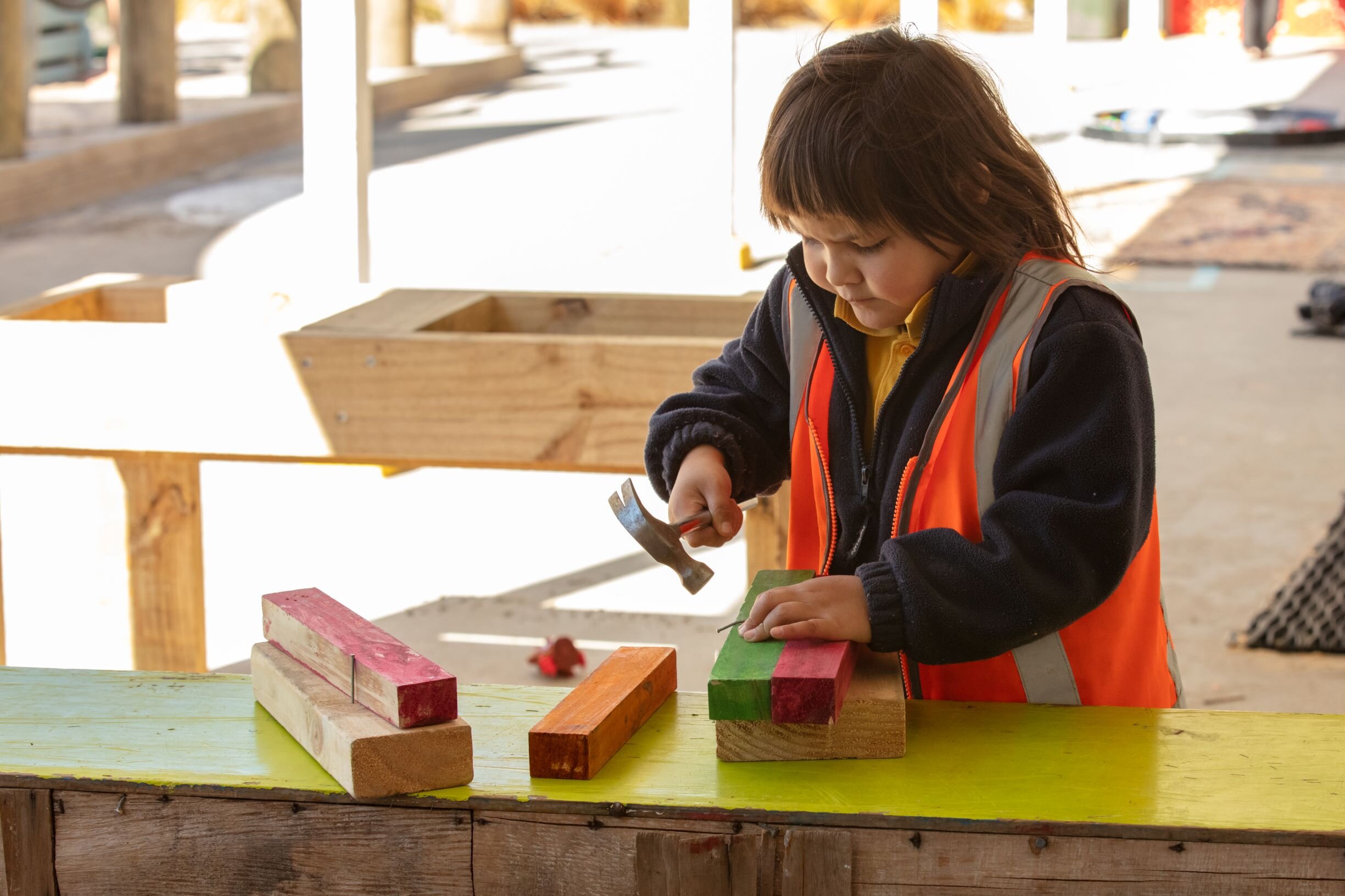Your child’s learning and development is our number one priority, so our teaching and learning programmes are guided by research. We’re passionate about our approach and would love to share with you why learning at Allandale is guided by Kia Eke Panuku and includes teaching and learning through play and the SharpReading programme.
Teaching and Learning Through Play
The environments we create for teaching and learning through play are based on up-to-date research that’s relevant for our tamariki, including:
Sarah Aiono’s recent research into the value of play in the primary school setting is based on a 6-year New Zealand study that investigates two models of professional development to support effective teaching through play practices in primary classes. Her study created the Play-Based Learning Observation Tool (Aiono & McLaughlin, 2018) and the implementation of practice based coaching model.
Pasi Sahlberg & William Doyle’s book ‘Let the Children Play: How More Play Will Save our Schools and Help Children Thrive” (2019) which describes how play is the way children explore, discover, fail, succeed, socialize, and flourish. Their work helps us understand how to unleash the power of play and give more physical and intellectual play to help our tamariki develop skills like creativity, innovation, teamwork, focus, resilience, expressiveness, empathy, concentration, and executive function.
Sarah Aiono, Tara McLaughlin and Tracy Riley’s article in He Kupu (2019) which describes the role of intentional teacher (a phrase coined by Epstein in 2014). The research supports our team decision making about:
The learning environment we create and resources we provide
How we integrate the curriculum and support the development of social-emotional, problem solving, resilience and risk taking
Our planning, assessment, record keeping and management of learning through play
Pennie Brownlee with Kimberley Crisp’s book ‘The Sacred Urge to Play’ which describes the role of play in a child’s brain and emotional development from 0 – 7 years. This guidebook to play helps unfold a child’s intelligence, imagination, creativity and joy for life and is based on studies that show that leaving formal cognitively-based learning until after the brain has laid down firm foundations gives our children a ‘head’ start when it comes to higher learning.
Mitchel Resnick’s book ‘Lifelong Kindergarten’ is a resource for the creative mind at work and at play which describes how learning through play can help develop the creative thinking skills needed to thrive in today’s society. It’s about using strategies to engage young people in creative learning experiences that are based on their passions. These opportunities to work on passion projects collaboratively with peers, in a playful spirit, can help us prepare our rangatahi for a world where creative thinking is more important than before.
Kaiako role for learning through play at Allandale:
During the play, teachers observe tamariki closely, scaffold their learning and build strong relationships with each and every child in their class.
The teacher uses their in-depth knowledge of the New Zealand Curriculum to extend and lift oral language and provide provocations and invitations based on observations to give tamariki opportunities to build on their learning.
Teachers in the junior school create learning stories to share with tamariki and whānau to document the learning and progress in the play.
“Please come in and talk to your child’s teacher about Learning Through Play – join in and see all the learning that takes place.”
Culturally responsive and relational pedagogy
This kaupapa is based on Kia Eke Panuku: Building on Success programme (2013 - 2016). It is a culturally responsive and relational approach to teaching and learning where our tamariki connect new learning to their own prior knowledge and cultural experiences.
This means, we view each of our children’s ‘cultural toolkit’ (Bruner, 1996) as valid and legitimate and our learning levels and activities reflect the interests and abilities of individual learners.
This research and approach helps our team to create learning activities that are interactive, dialogic and spiraling and students have opportunities to engage within their ‘zone of proximal development’ (Vygotsky, 1976). Our zone of proximal development is like ‘hard fun’ when we are challenged to the right level and motivated to learn more.
Kia Eke Panuku is based on ‘ako’ where teaching and learning roles are interdependent, fluid and dynamic; students and teachers are able to learn with and from other learners. Feedback and feed forward provides learners with specific information about what has been done well and what needs to be done to improve.








